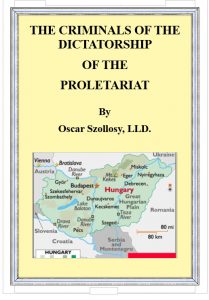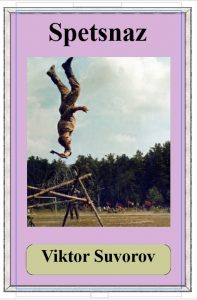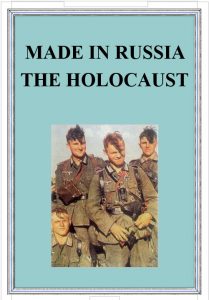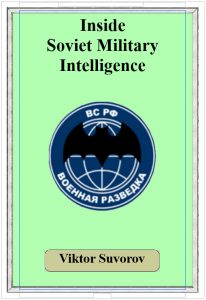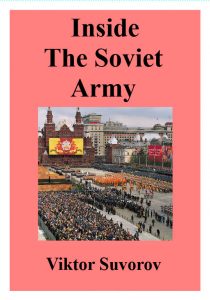LENIN’S WELL-KNOWN AXIOM to the effect that in revolutions for every honest-minded man (unfortunately) are to be found hundreds of criminals, can scarcely be applied to Hungarian Bolshevism, for among the notorious exponents of the same even the lamp of Diogenes would hardly have enabled us to detect one honest-minded man. Criminalists of long standing who lived through the horrors of the Red Regime in Hungary, which lasted from March 21 to the end of July, 1919, could testify, even without the decisions of the court of laws, that the leading spirits of the ‘Soviet Republic’ (with the exception of a few fanatics) consisted of common criminals, to the greater part of whom might be applied with perfect aptness the definition of Anatole France, ‘encore bête et déjà un homme.’
Every revolution has its idealistic champions, its enthusiasts who inflame the masses with a fiery passion and are themselves ready to endure all the suffering of Calvary in the service of the creed which they profess. Fanatic apostles of high aims may be sympathetic even in their fatal errors; and there is always something sublimely tragical in their fall. Who would doubt the unselfish enthusiasm of Camille Desmoulins, of Jourde, or of Louise Michel for their ideals, for which they were content to suffer and die?
Note: The Publishers of this volume are greatly indebted to Dr. Oscar Szollosy and to the Editor of The Anglo-Hungarian Review for permission to include this account of some of the chief actors in The Terror.
